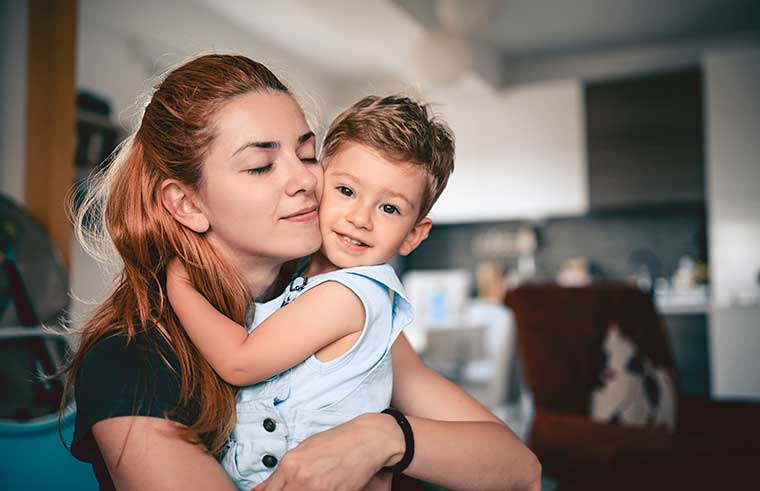

When the time-out is finished, the child and the adult should have the conversation about the reason for the consequence and the desired behavior. The simple act of watching the glitter fall to the bottom of the bottle allows the child to focus and relax. When the glitter settles, time-out is over. When a child needs to “chill,” he can retreat to the time-out area and shake the bottle. One plan is to fill a plastic water bottle with water and a material such as glitter and seal it tightly. “Time-out with a plan” has been observed to be effective for the child who is emotionally charged. Not every misbehavior requires that a consequence be given. Ask her to help you with a task, start a conversation about something unrelated to the behavior. Adults can point out something interesting outside to the child who insists on jumping on the sofa. Where can we go so you can jump?”ĭistracting a child is another way to use time in, especially when the goal of the behavior is to get attention. It is also a great opportunity to help the child become a problem-solver: “The rule is that we walk inside the house. This is an opportunity to teach the child empathy: “Your brother cried when you took his toy. Rather than remove the child from the situation, they use the time as a teachable moment. Many parents have found much greater and long lasting success when using “time-in” instead. For example, “From now on, when you want a toy, you must use your words instead of grabbing it from your brother.”Įxperts also recommend that, if adults choose to use it, time-out be given at the rate of one minute per year of age of the child. That conversation should include concrete expectations for future behavior. It is critical that no matter what the age of the child, time-out concludes with a discussion about what caused him or her to have to go to time-out in the first place. Strong-willed children may opt to bear the consequence of time-out rather than not engage in the undesirable behavior.Īlso, parents may not “close the circle” when they use time-out as a consequence. Young children’s brains are simply not developed enough to do this. Use of time out requires that a child be able to make the connection between the misbehavior and the consequence of being removed from all the fun and action.

Some important considerations are the age and stage of the child, the child’s temperament (level of negative persistence), and a plan for follow up. When it comes to using time-out as a consequence for inappropriate behavior, forethought is required.

When they really need someone to help them regain control, they are instead left alone with their emotions and no ability to bring them back in balance.

Emotionally intense children may become more upset when isolated. Removing the child from the setting allows the adult to calm down while ensuring that the child is in a safe place.Ī second outcome goal may be to allow an upset or overactive child to regain control.ĭepending on the child’s temperament, time-out may or may not be an effective tool. No adult wants to lash out at a child either physically or verbally. If a parent or caregiver is reaching the boiling point due to a child’s (mis)behavior, sending the child to time-out may be the best thing to do.


 0 kommentar(er)
0 kommentar(er)
